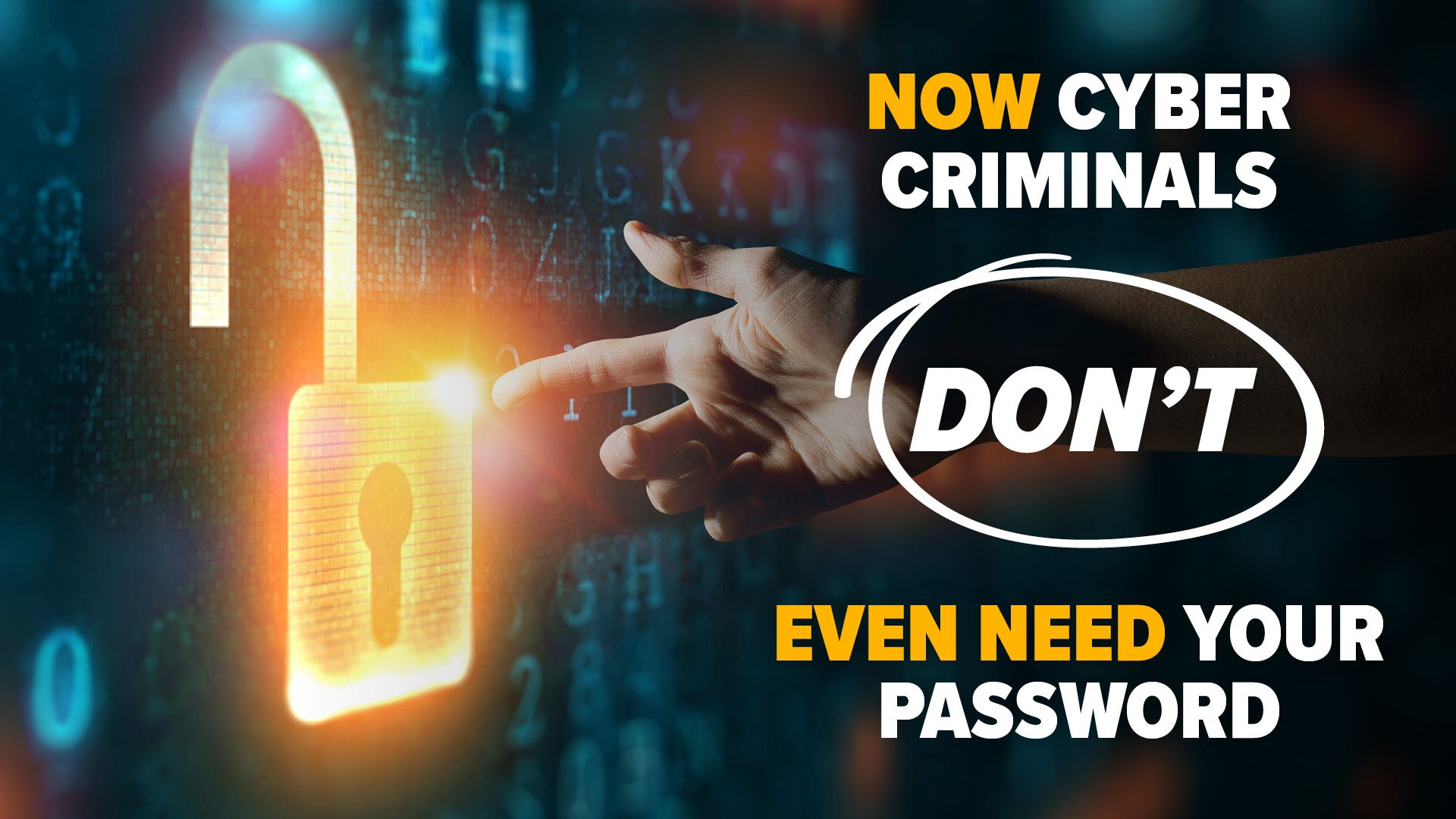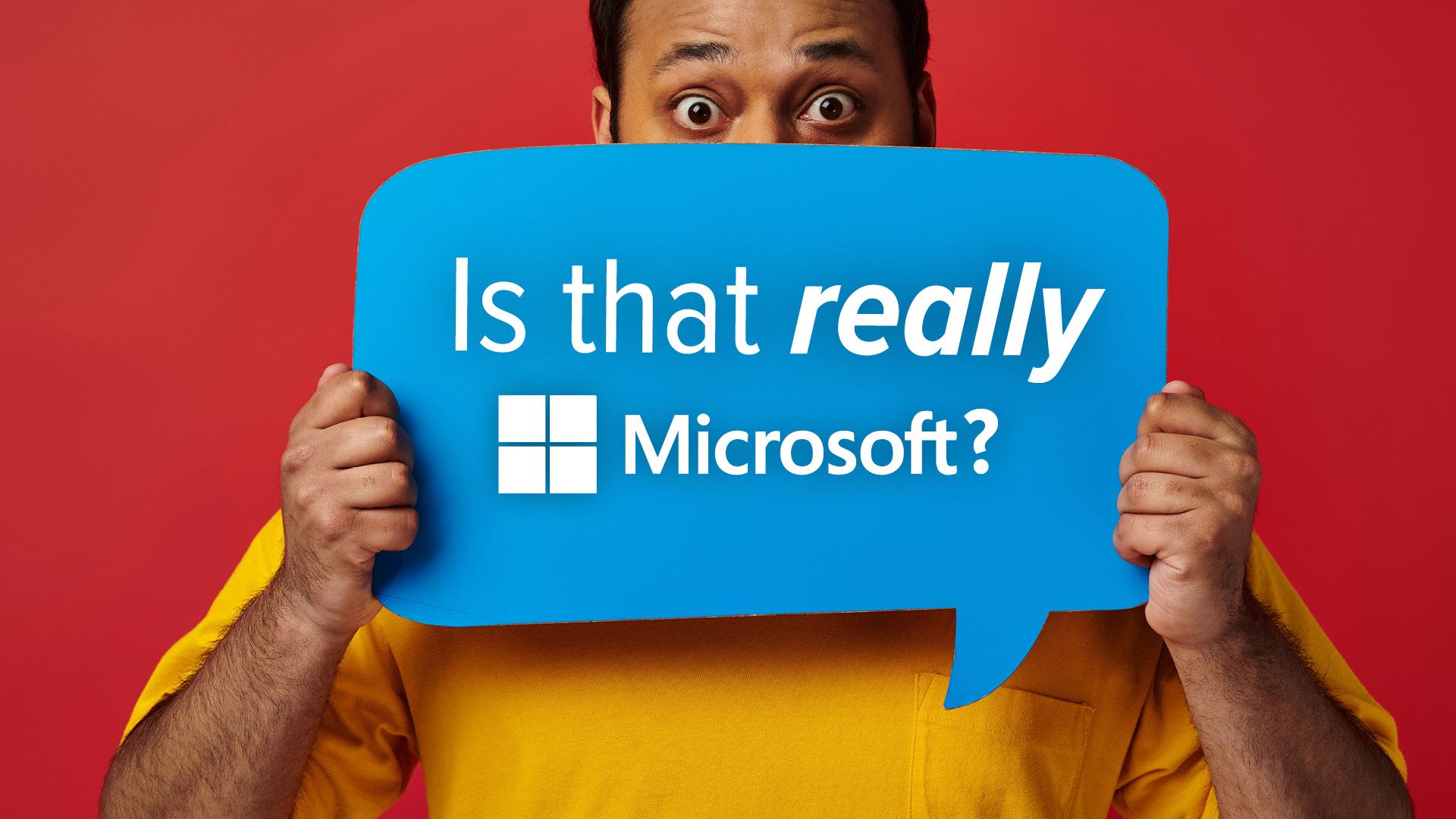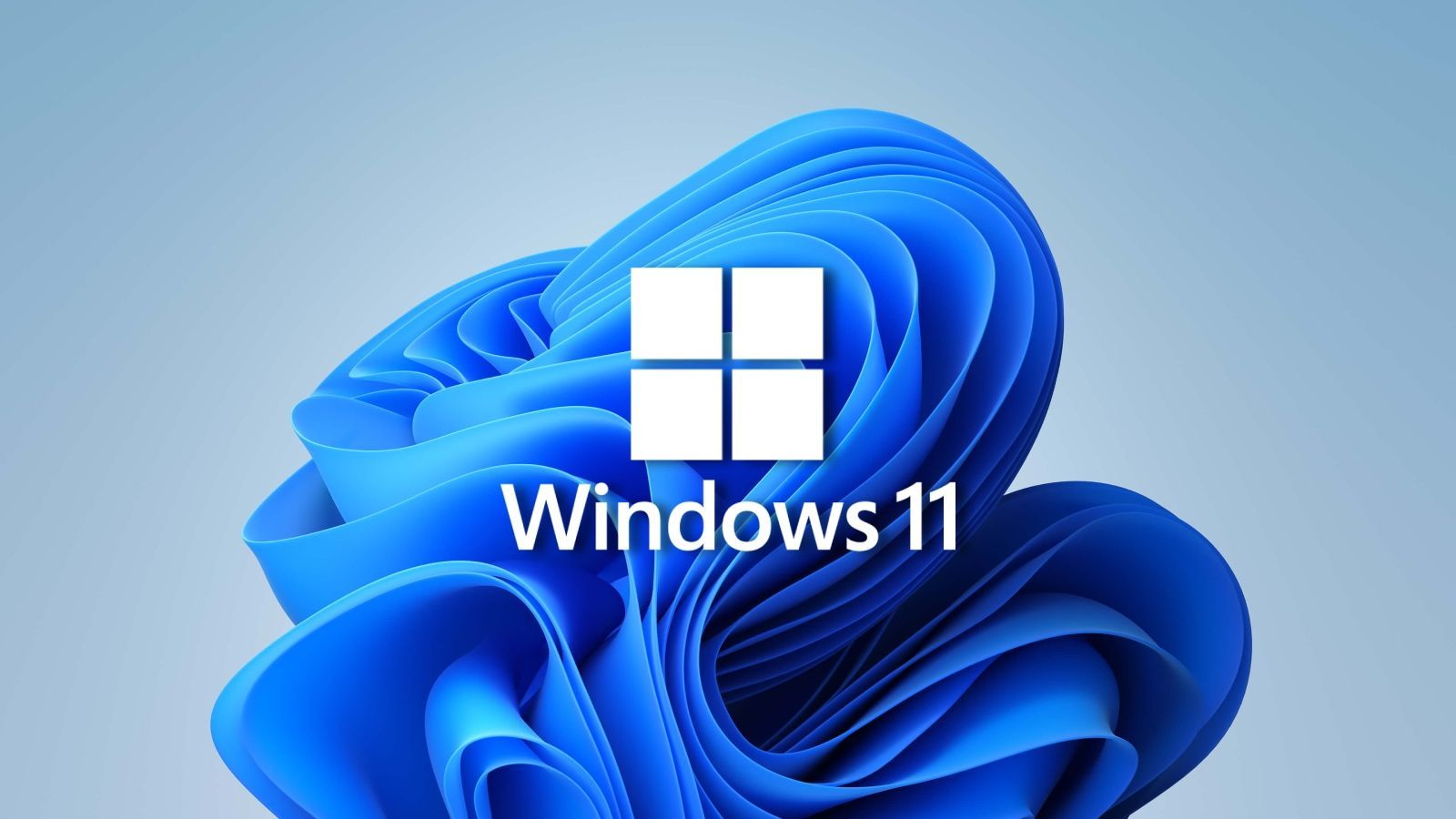Cybersecurity threats are rampant, and if you’re uncareful, you might just compromise the information that is most valuable to you. To help avoid falling victim to data theft, this guide will identify the top five cybersecurity mistakes and how to address them.
Understanding the most common mistakes people make with their digital security is essential. It can feel impossible to cover all your digital bases, but being informed and taking simple steps can have a huge impact.
1. WEAK PASSWORDS
Using a simple or guessable password is like handing hackers the key to your accounts and sensitive data. You might assume they could never guess your birthdate or place, maiden name, or even childhood address, but hackers are pretty savvy! To avoid this, create strong passwords with a combination of uppercase and lowercase letters, numbers, and special characters. If you have trouble remembering difficult passwords, you may want to consider using a password manager. Not only can it store passwords for you, but it can also generate them.
2. NEGLECTING SOFTWARE UPDATES
You’ll want to regularly update your operating system, applications, and antivirus software because they most likely contain security patches. If possible, turn on automatic updates to ensure you never miss one.
3. IGNORING MULTI-FACTOR AUTHENTICATION
Most online platforms offer multi-factor authentication options to bolster account security. Failing to enable MFA leaves your accounts susceptible to unauthorised access. Take advantage of this additional layer of protection by linking your accounts to a secondary verification method, such as a fingerprint, SMS code, or authentication app. This way, even if your username and password are compromised, hackers will still struggle to gain access.
4. FALLING FOR PHISHING ATTACKS
Be wary of suspicious emails, messages, or links that prompt you to provide personal information or login credentials. Before you take action, look for red flags like misspellings, suspicious addresses, or urgent requests for personal information. Always remember that legitimate organisations will never ask for sensitive information like credit card info via email.
5. NEGLIGENT USE OF PUBLIC WIFI
Public WiFi is convenient but also a hotspot for cybercriminals. When you connect to a public network, your information becomes vulnerable to eavesdropping and potential attacks. If you need to use public WiFi, ensure you aren’t accessing sensitive data, like banking details. You can use a VPN to encrypt your connection to protect yourself further.
SECURITY SERVICES YOU CAN COUNT ON
Simple steps like using unique passwords and updating your devices can go a long way in preventing potential threats. However, as the landscape of cyber threats evolves, it’s best to work with a team of professionals for the best protection.
Computer Troubleshooters has a team of expert technicians ready to build a security plan that works for you. Get in touch to learn more about our business and residential network security solutions.
Previous Blog Posts and Updates










